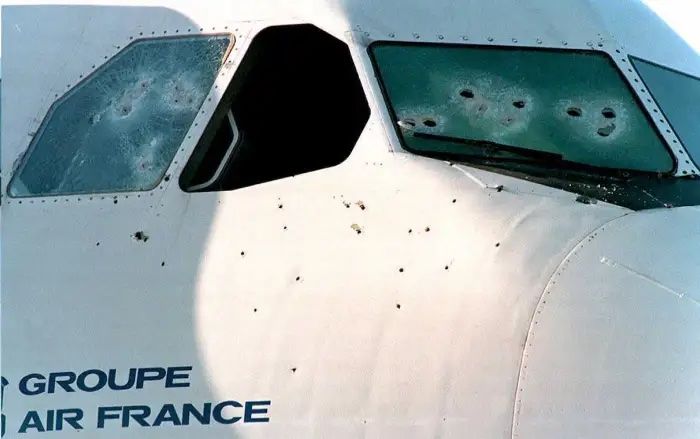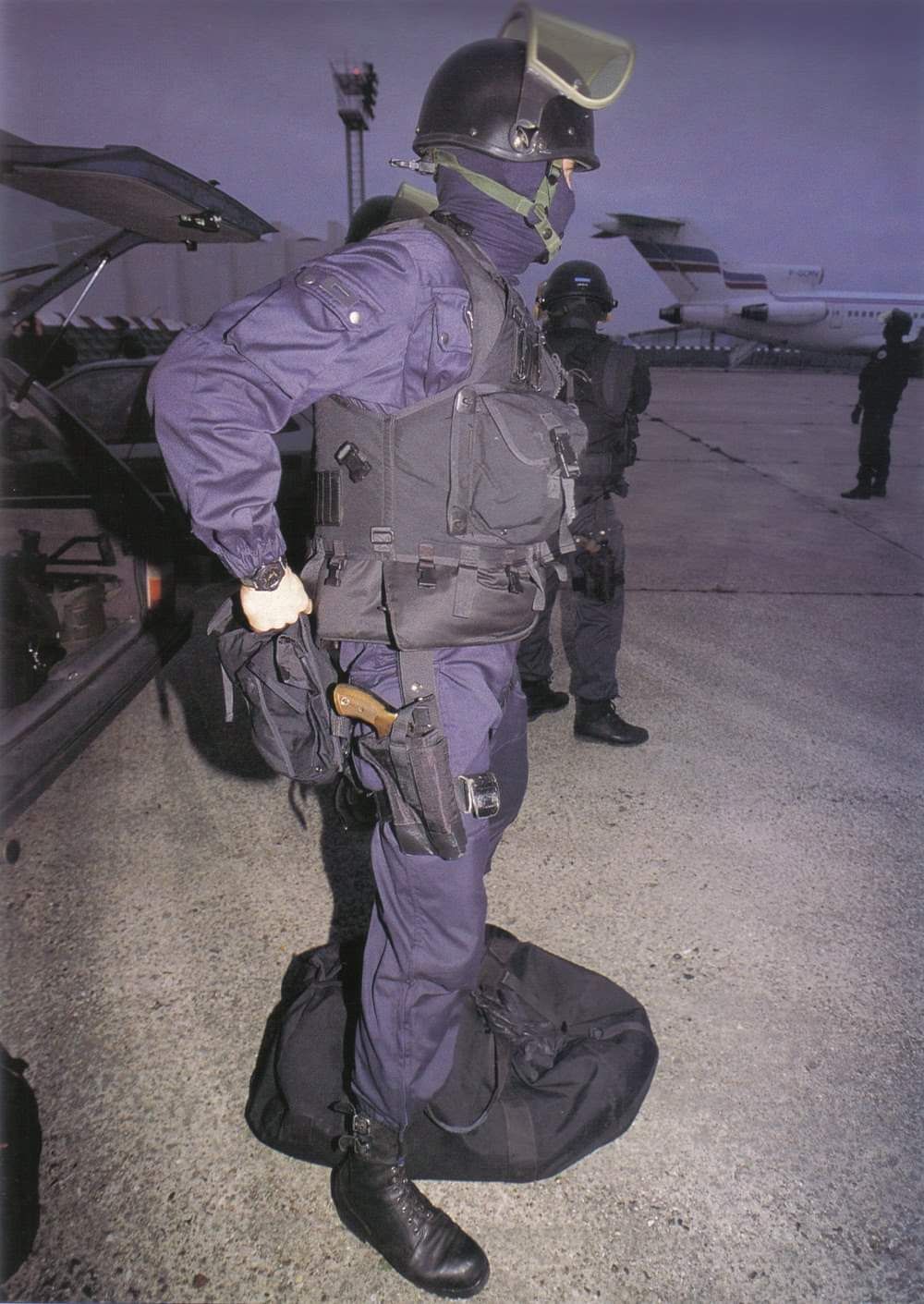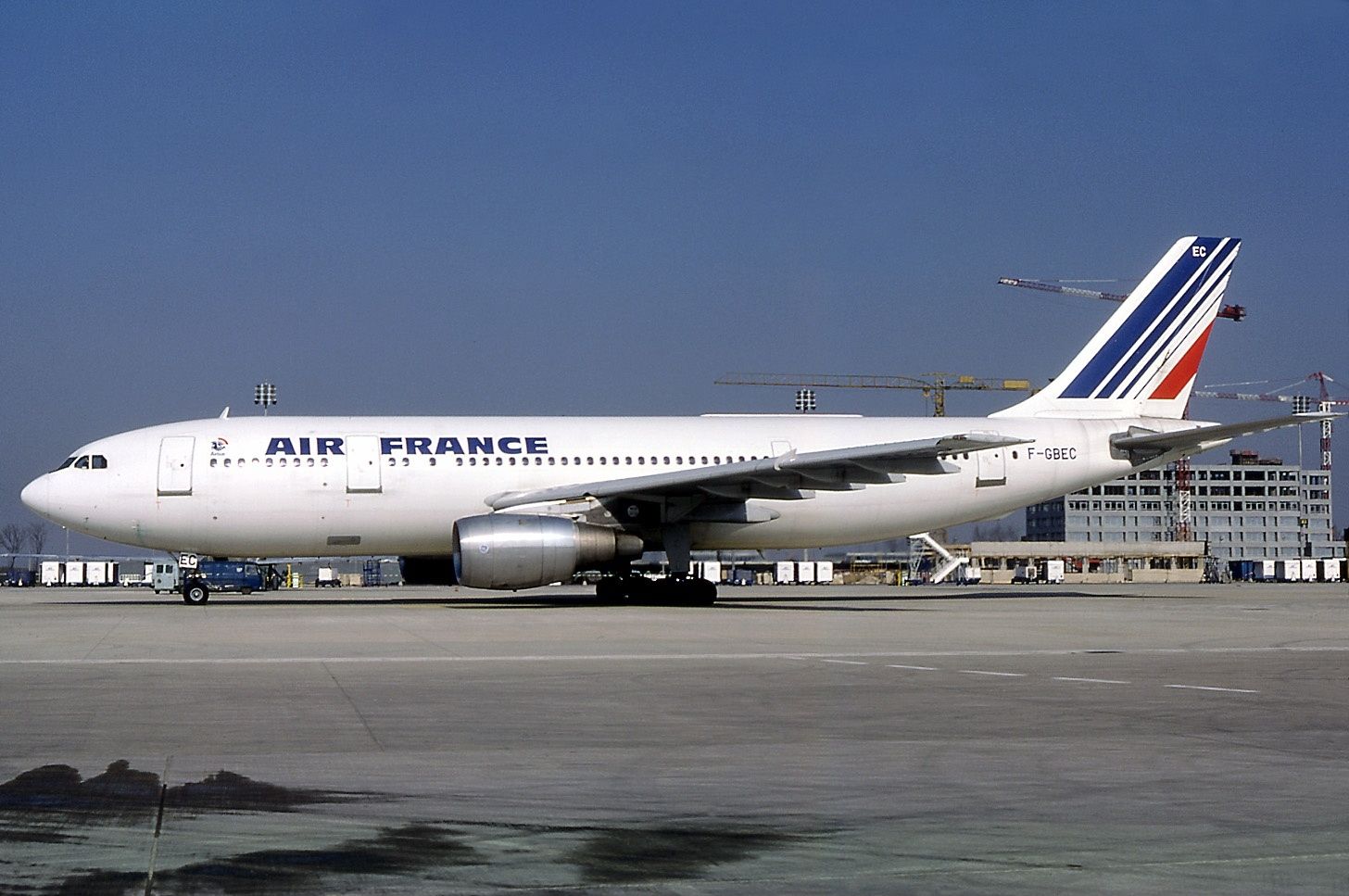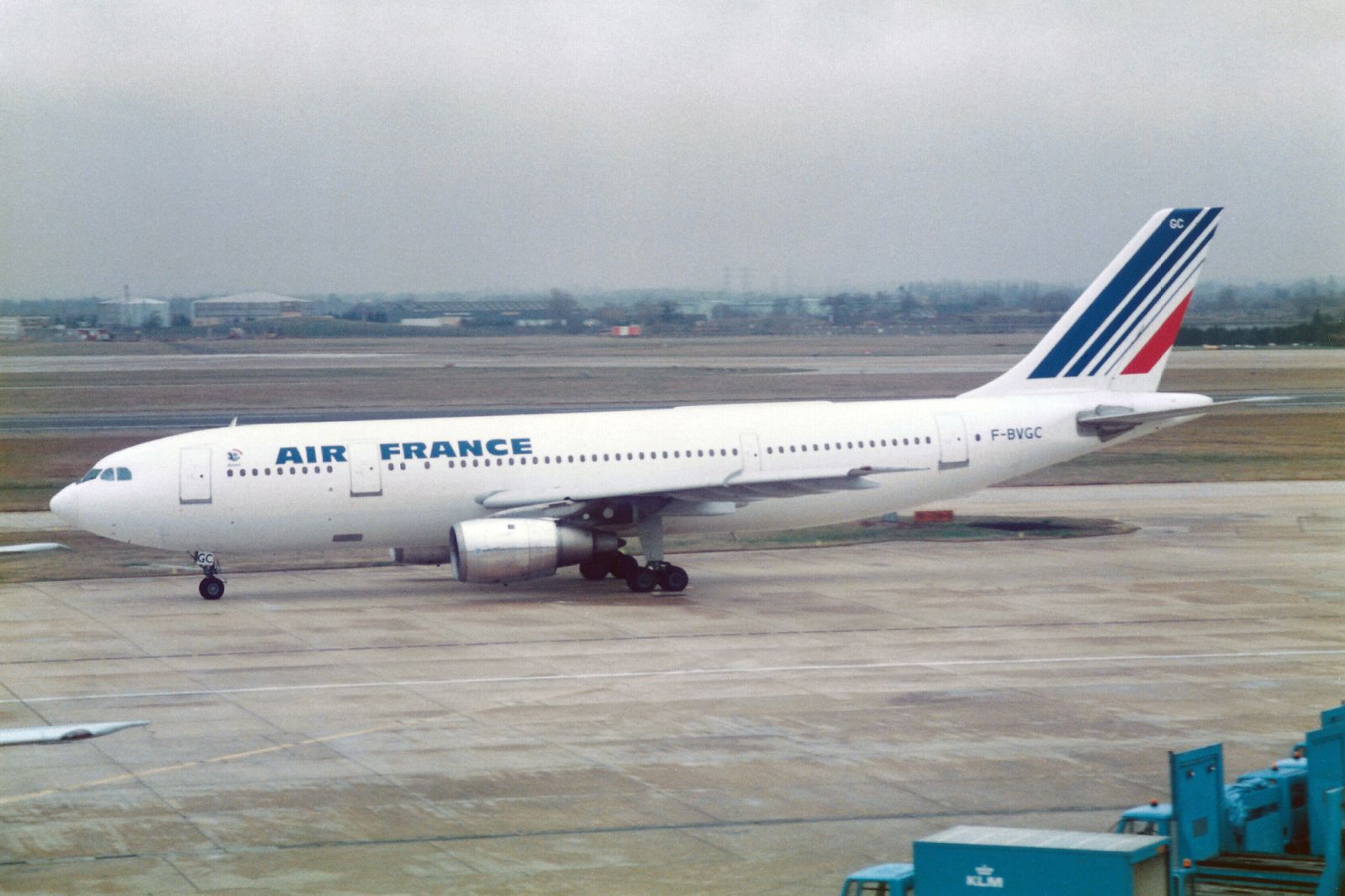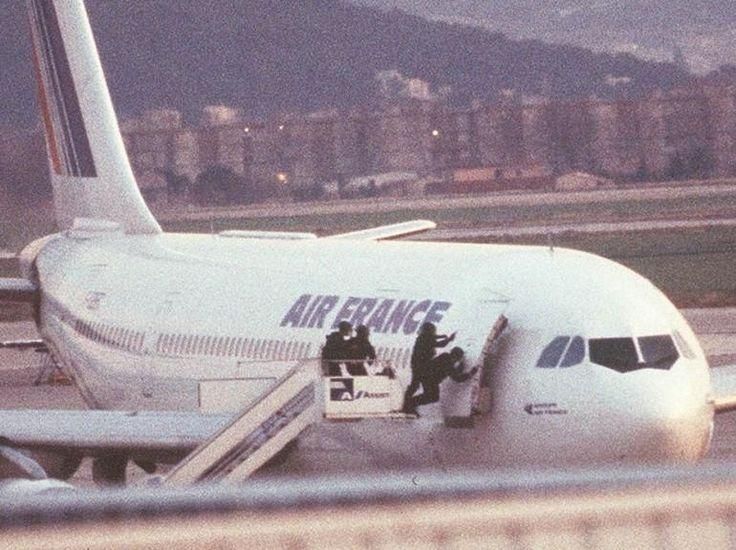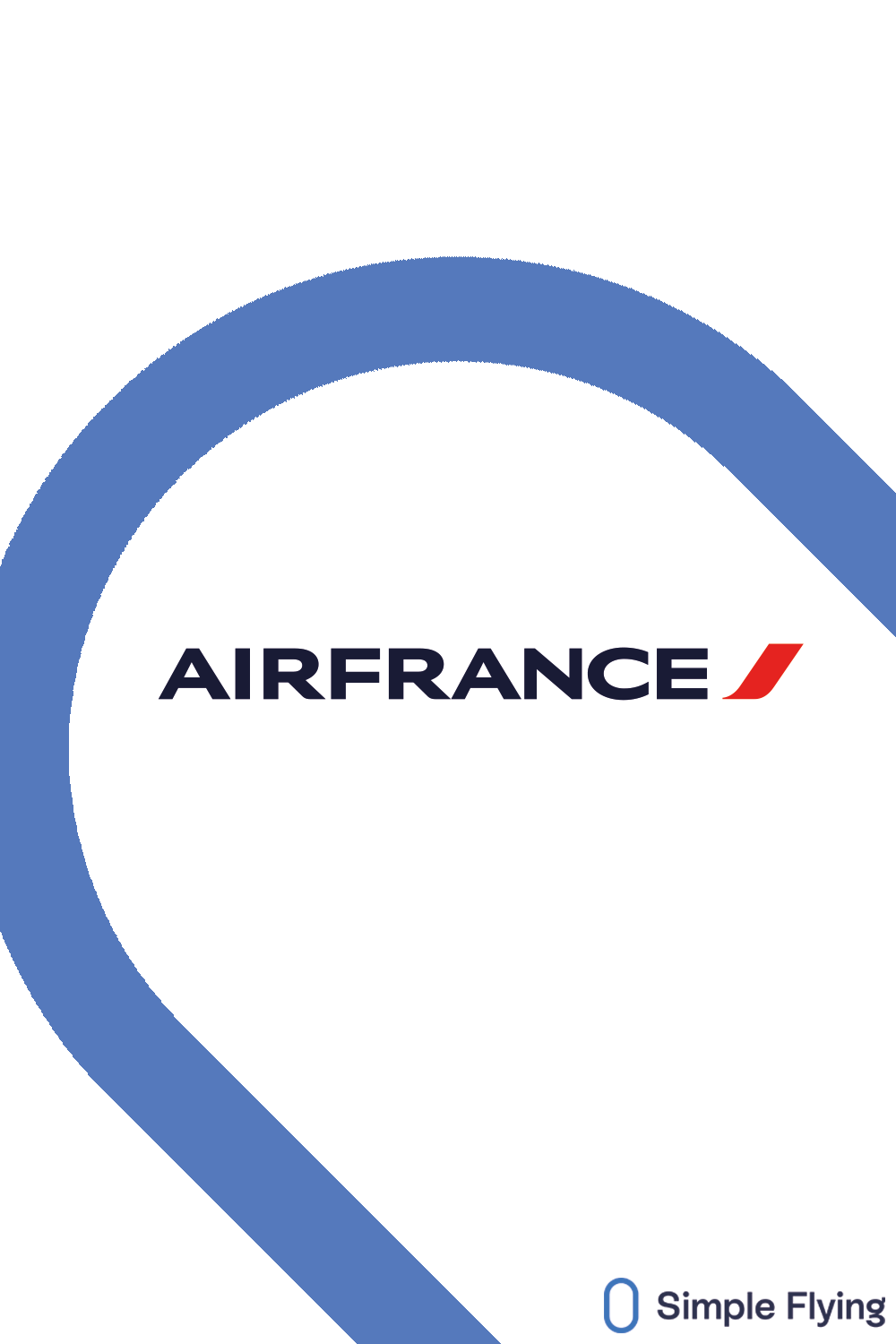It was December 24th, 1994, and Air France Flight 8969, bound for Paris Orly Airport, was preparing to board at Houari Boumediene Airport, Algiers; the previous flight had been safe and uneventful. Passengers, 220 in total, were primarily Algerian and French. Being the Christmas holiday, people were in a jovial mood and looking forward to being with their families.
The crew
Captain Bernard Delhemme was the pilot in command; his co-pilot was Jean-Paul Borderie, with flight engineer Alain Bossuat. Gilles Dunis and Christiane Adenot were the cabin chiefs heading the team in the cabin. With them were flight attendants Nicole Chauvin, Sylviane Bidault, Claude Burgniard, and Christophe Morin and student flight attendants Anne Dufrene, Richard Cleret, and Ludovic Ulmer. All 12 of them had volunteered to operate the flight, as Algeria was in a state of civil war.
Photo: CCTV footage
What happened next?
At 11:15, four men boarded, dressed in Algerian presidential police uniform – it was blue with the Air Algérie logo. Two of them started to check the passengers’ passports while one went to the cockpit and the other guarded the door. The cabin was calm; nothing seemed unusual. Claude suddenly noticed that the men were armed, and one had dynamite strapped to him. She found it strange since the police were usually not armed when they did checks.
“Allah has chosen us to die and Allah has chosen you to die with us. Allah guarantees our success, Insha’Allah.”
Seeing the aircraft was going to be delayed, the Algerian military started to surround the aircraft, suspecting a hijack. The hijackers announced that they were not police but mujahideen, and they wanted to make an Islamic state in Algeria. They decided to hijack the aircraft because it was a symbol of France and that they were infidel and foreign invaders. They showed their firearms and explosives and demanded the cooperation of the passengers and crew.
Wired up
The hijackers had a stash of rifles, hand pistols, grenades, and dynamite. They placed dynamite in the cockpit and under a seat in the middle of the cabin and rigged them with detonator wire. They took the pilots’ uniforms away to confuse the military snipers outside. One of the men was astute in his beliefs and was upset that women and men were sitting together. He was also upset that women had their heads uncovered, so he insisted they were covered.
The flight attendants gave out blankets to those with veils, and the female crew also had to wear them over their heads. The Minister of the Interior of Algeria went to the control tower to start negotiations. The hijackers’ leader was in the cockpit and spoke on the radio, demanding the release of two Islamic Salvation Front leaders. The Minister demanded they release children and the elderly if they wanted to negotiate with the government.
Loss of lives
It was 12:00 when the French Minister of Foreign Affairs organized a crisis meeting; the lead hijacker told the captain that they had to depart for Paris. He could not do so, as the boarding stairs were still attached to the aircraft, and military vehicles littered the runway. The lead hijacker forced the captain to ask for the stairs to be removed. The authorities refused to meet the demands of the hijackers. In return, the hijackers said they would blow up the aircraft if they did not proceed.
“Don’t kill me, I have a wife and child.”
A passenger executed on Flight 8969 heard by those onboard, as told to the New York Times.
During the passport check, one of the hostages was identified as an Algerian police officer. He begged them, ‘Please don’t kill me, I have a wife and child.’ He was shot in the head at the top of the stairs and thrown to the ground. A second man, a Vietnamese diplomat, was described as ‘a real foreigner’ and taken to the front of the aircraft, was also shot on the stairs.
One of the flight attendants went to the cockpit to see if they needed some water. When she returned with the water, she quietly told the captain they had killed two passengers. In the cabin, it was calm but tense. Now, seven hours had passed. Not all the passengers knew that people had been killed. The pilots tried to gain the trust of the lead hijacker.
“Twenty minutes relaxation, twenty minutes torture. You never knew what was next.”
Passengers on Flight 8969, as told to the TF1 network.
Christmas day
At 02:00, the captain walked through the cabin and saw two hijackers asleep on the floor. Information had arrived at the Consulate General that the hijackers planned to crash the aircraft into the Eiffel Tower or Montparnasse Tower. Another long, tense day ensued. By the end of the day, 63 hostages were released; women with young children and those with severe medical conditions. The hijackers would next target the French passengers. They took a chef from the French Embassy to the cockpit to plead.
The hijackers demanded that the aircraft take off before 21:30, or they would kill one passenger every 30 minutes. When it got to 21:30, they shot the chef. In the cabin, the most religious hijacker was trying to convert the flight attendants to Islam. Just before midnight, the French government agreed to accept the flight; they could leave. Claude remembers the relief onboard when the aircraft departed for Paris. She described the hijackers as acting like ‘excited kids.’
The captain informed the hijackers that there was now insufficient fuel onboard to get to Paris because they’d been running the APU on the ground. So they would plan to refuel in Marseille.
December 26th
At 03:33, the aircraft landed in Marseille. The aircraft was led to a remote area of the airport, and the hijackers were excited to land in France. They requested that the captain get 27 tonnes of fuel, which aroused suspicion as only 9 tonnes were needed to get to Paris. It seemed that they would use the aircraft as a ‘firebomb.’
At 08:00, the lead hijacker demanded that they take off by 09:40. The ultimatum was delayed by a crew bringing food and water to the aircraft. These were National Gendarmerie Intervention Group (GIGN) officers in airport employees’ uniforms. They were able to assess the situation and plant eavesdropping devices on the aircraft. Verses from the Quran were played – ‘prayers for the dead.’
Onboard conference arranged
The hijackers agreed to a conference on the aircraft 12 hours after their arrival in Marseille. The lead hijacker was suspicious and told the captain to move the aircraft next to the control tower. His mother had been brought to the tower to plead with him to stop the hijack, to no avail. Afterward, he grabbed the youngest flight attendant and threatened to kill him, but he kept delaying. The flight attendants moved the passengers to the rear of the aircraft to allow for the conference to take place at the front.
Photo: CCTV footage
The hijackers opened the door and fired out around the aircraft. They pointed their machine guns up at the control tower and shot at them. Suddenly, there was chaos in the cabin. Shots were fired, grenades went off, and there was a lot of smoke. The aircraft was stormed by the GIGN, who managed to get passengers out of the rear of the aircraft. The co-pilot escaped out of the cockpit window. The GIGN officers shouted to the crew and remaining passengers, ‘Get down low and don’t move.’
Violent scenes
Christophe put his jacket over his head so he could not see what was happening. It was violent. He tried to help a passenger get out but could not move her, so instead, they held hands. The captain crouched down and made himself as small as he could. Three of the four hijackers had been killed. In the cockpit were the captain, the engineer, and the final hijacker. For 20 minutes, the violent scene continued until the last hijacker was killed.
The flight engineer radioed the control tower to inform them that the hijackers were now dead. The flight engineer had been handcuffed by one of the officers, but one of the flight attendants informed him he was not a hijacker. By 17:35, it was all over. The captain received bullet wounds, the flight engineer had minor injuries, and the co-pilot had two fractures from his escape out the cockpit window.
After the event
The entire crew received national honors and were given medals by the Minster of the Interior, who praised them as they ‘rose to the occasion.’ Claude and Christophe realized they’d done everything possible and gave up flying.
Sources: Transport Security International, The New York Times, Special-ops.org

